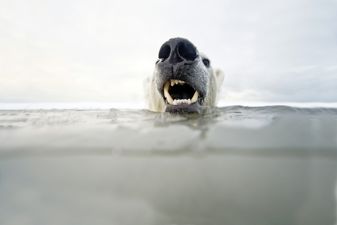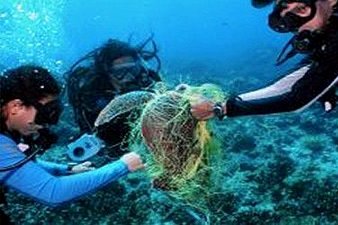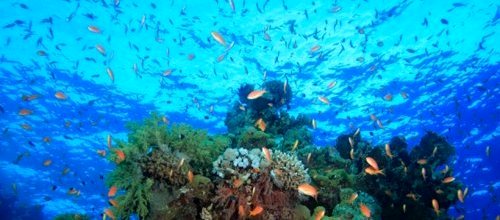 Los Angeles – A rare 150-member population of Hawaiian false killer whales was added to the federal endangered species list on November 26 by the National Marine Fisheries Service (NMFS). The Natural Resources Defense Council (NRDC) petitioned to list the Hawaiian false killer whale as an endangered species in September 2009 and sued the agency in May 2012.
Los Angeles – A rare 150-member population of Hawaiian false killer whales was added to the federal endangered species list on November 26 by the National Marine Fisheries Service (NMFS). The Natural Resources Defense Council (NRDC) petitioned to list the Hawaiian false killer whale as an endangered species in September 2009 and sued the agency in May 2012.
“Today’s decision gives these endangered whales a new chance for survival,” said Michael Jasny, Director of NRDC’s Marine Mammal Project. “With this decision, we are better able to ensure the existence not only of the whales, but of one of the world’s great biological oases.”
The Hawaiian false killer whale is a small, ecologically and genetically unique population that has suffered a significant decline over the last 25 years and, according to recent analysis by the National Marine Fisheries Service, only 150 of the animals may be left. In 2010, NMFS released a 230-page report concluding that the population stands “at a high risk of extinction.”
Under the endangered species listing, the government will identify critical habitat for the population, ensure that federal activities do not jeopardize its survival, and prepare a “recovery plan” to bring it back from the brink of extinction.
“Today’s announcement recognizes that this small, vulnerable population of whales faces a number of serious manmade threats,” said Sylvia Fallon, Senior Scientist with NRDC. “Injury in fishing nets, competition for food, and exposure to pollution are some of the threats that today’s important decision is designed to remedy.”
About the Hawaiian False Killer Whale
- Hawaiian false killer whales are large members of the dolphin family. Females can grow up to 15 feet and males can reach 20 feet. In adulthood, false killer whales can weigh up to 1,500 pounds.
- They are pelagic animals that tend to prefer deep, open water, and the Hawaiian inshore population is the only one of its entire species known to make its home near land. This indicates not only the uniqueness of the population, but also the biological importance of Hawaiian waters as an oasis for marine mammals.
- Recent population surveys of the insular population of Hawaiian false killer whales shows a precipitous decline in size over the past 20-25 years. In 1989, well over 400 individuals were seen in aerial surveys compared to more recent population estimates of 150 individuals.
- Research shows that Hawaiian false killer whales establish long-term bonds within their species, sometimes mating for up to 20 years. They also display unique feeding habits that promote trust among members of their pod, such as passing prey back and forth with fellow hunting partners before consuming the catch.
Threats Facing the Species
- The population faces a number of threats including interactions with local fisheries, reduced food sources and exposure to toxic chemicals.
- It is likely that the whales are affected by both long-line and unregulated near-shore and “short” long-line fisheries.
- A recent study showed that disfigurement from fishing gear in this population was four times higher than for other dolphin and toothed whale species around the islands, suggesting high rates of interactions with fisheries.
- These fisheries may also be contributing to a decline in the size and number of the primary food source for false killer whales: large, deepwater fish including mahi mahi and yellowfin tuna.
Source: NRDC.














